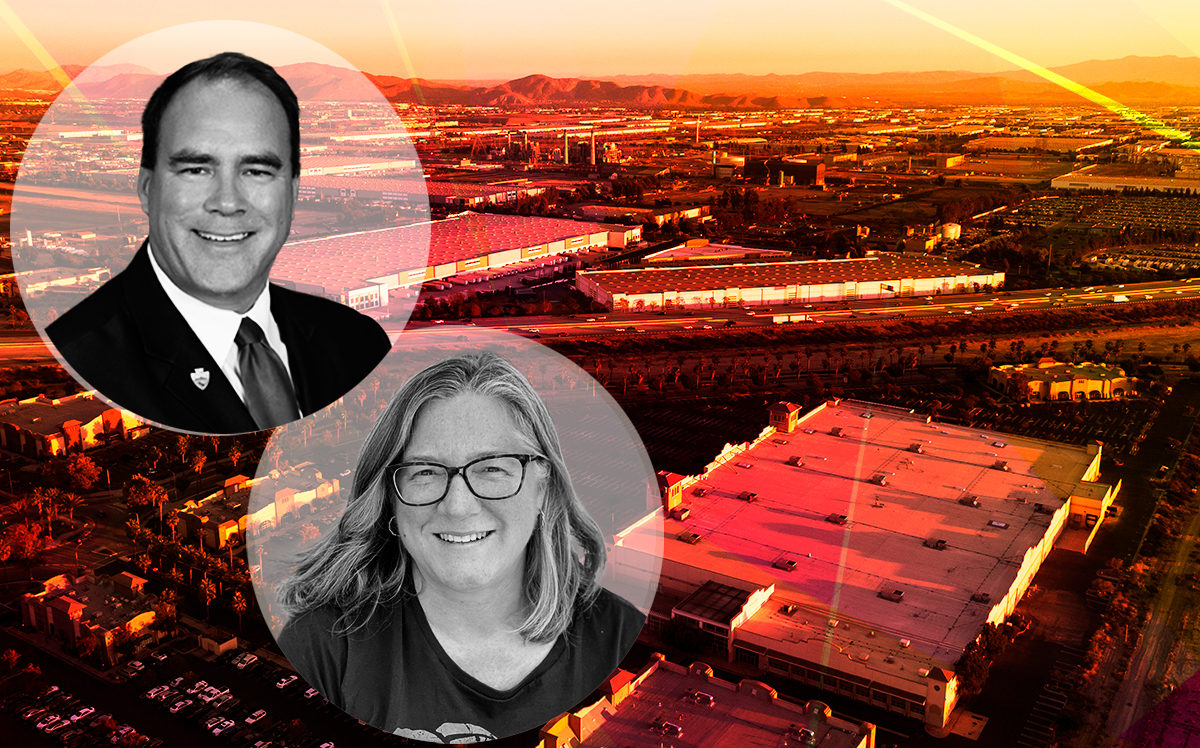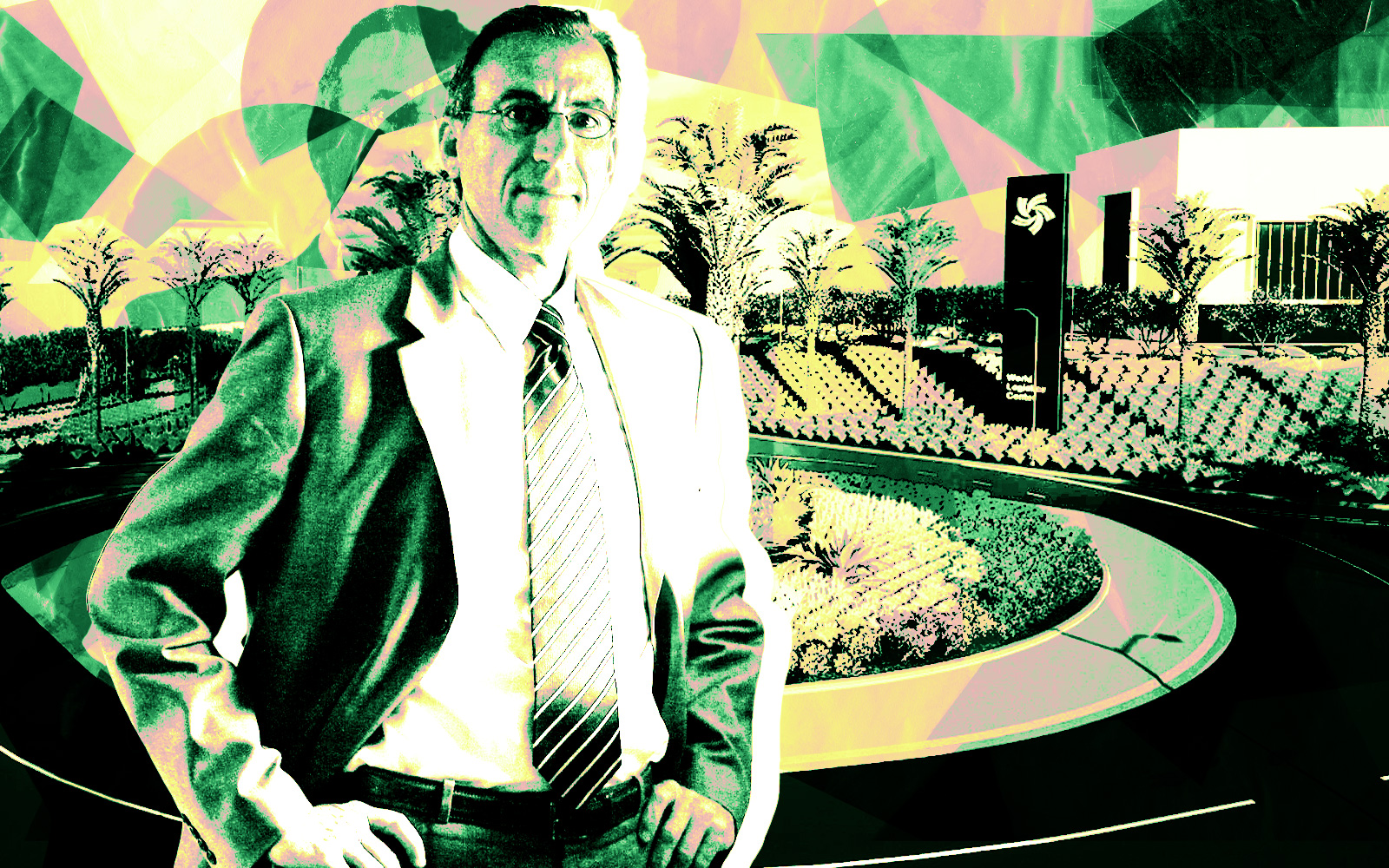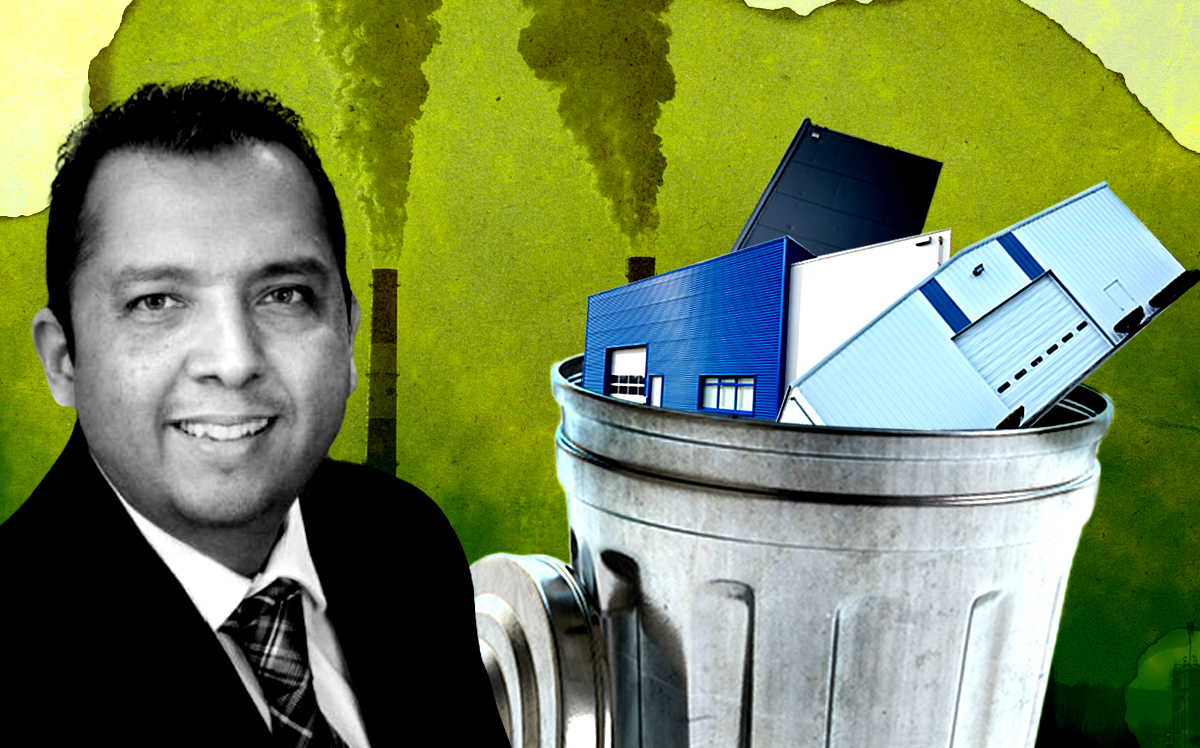A bill to ban warehouse construction near homes and schools once fought by business groups is now back on table.
Assembly Majority Leader Eloise Gómez Reyes, D-San Bernardino, aims to reintroduce a bill to create a 1,000-foot buffer between new warehouses bigger than 100,000 square feet and homes, schools, day care centers and other “sensitive uses,” the Riverside Press-Enterprise reported.
A similar bill by Reyes faltered in the state legislature last year in the face of opposition from business groups. But the need for buffer zones to protect residents hasn’t waned, Reyes said, noting the continual development of large warehouses near homes and schools.
“It’s clear that the proliferation of warehouses in our community is causing harm to the community,” Reyes, a 2024 state Senate candidate, told the newspaper. “I think we always hope that the proper planning will be done so that our communities aren’t impacted … but that hasn’t happened.”
Reyes said she has organized tours of the Inland Empire and met with chamber staff and other groups “so that they could see we’re not talking about something that’s anecdotal. It’s actually happening.”
With warehouses of 1 million square feet or more stretching to the horizon, the Inland Empire is a major logistics hub.
Proximity to the ports of Los Angeles and Long Beach; lots of flat, vacant land; access to freeways and rail lines; and a largely blue-collar workforce — each fueled a logistics boom as the coronavirus pandemic spurred an e-commerce surge, according to the Press-Enterprise.
Business advocates say Reyes’ new bill would greatly impact the logistics industry across the state. The California Chamber of Commerce opposed last year’s bill, arguing it would worsen supply-chain problems while ignoring environmental and air-quality laws already on the books.
“Based on what we understand the bill will include from discussions with the author, (the new bill) will largely be analogous to last year’s (bill) and have the practical effect of banning critically needed warehouses throughout California,” Denise Davis, spokeswoman for the state chamber, told the Press-Enterprise in an email.
She said the bill “would eliminate tens of thousands of good jobs and exacerbate cost-of-living increases for Californians.”
Warehouses are now a top Inland Empire employer and the logistics sector is credited with speeding up the region’s recovery from the pandemic’s economic downturn.
But a seemingly endless convoy of warehouse-bound diesel trucks is blamed by environmental activists for the region’s reputation for toxic air quality. That air pollution, critics argue, leads to higher rates of cancer, asthma and other maladies.
Residents also complain about truck-clogged freeways, noise and light pollution from round-the-clock warehouse work and trapping logistics laborers in a cycle of low wages and harsh working conditions.
As demand for industrial space surged, warehouses crept closer to homes and schools in areas people never thought logistics would go. In neighborhoods in Riverside and San Bernardino counties, sleek-walled warehouses loom over backyards or playgrounds.
The bill authored by Reyes would apply to hospitals and houses of worship along with homes, schools and daycares. The buffer could shrink to 750 feet if warehouse developers meet certain benchmarks, such as committing to using zero-emission vehicles and limiting the practice of trucks idling their engines.
The bill is the latest example of the state being asked to limit and regulate IE warehouses.
In January, more than 60 environmental justice and other groups signed a letter to Gov. Gavin Newsom urging him to declare a public health emergency over warehouses and impose a one- or two-year moratorium on new warehouses.
In 1980, the region was home to 234 warehouses; there are now more than 4,000, according to CalMatters. Warehouses now take up 1 billion square feet of the Inland Empire, with another 170 million square feet in the development pipeline.
This month, a local developer will break ground on a 40.6 million-square-foot warehouse park in Moreno Valley, among the world’s largest. When fully built, it will contain 27 buildings and cover 2,610 acres, or 10 percent of the entire city.
— Dana Bartholomew
Read more



